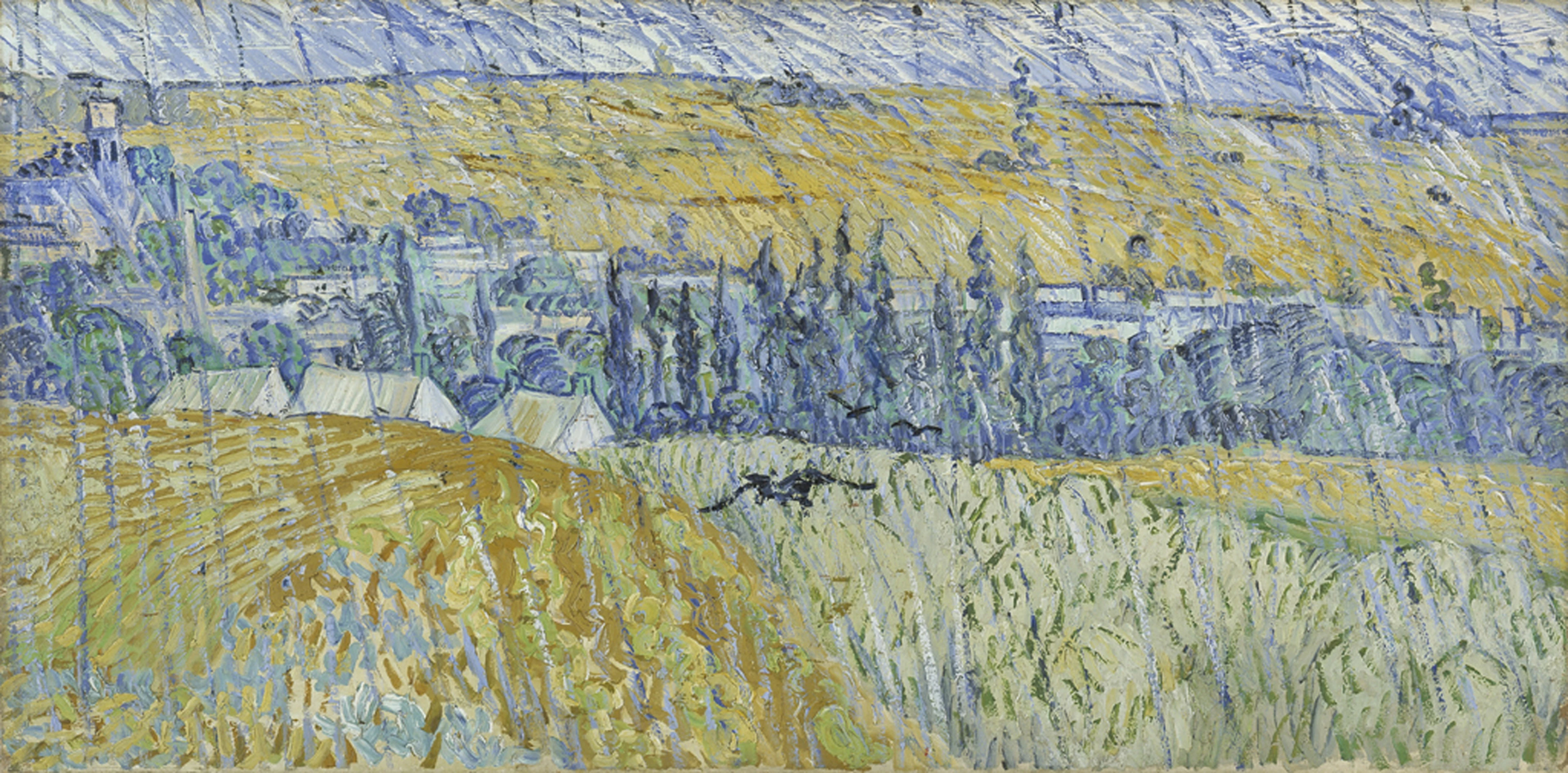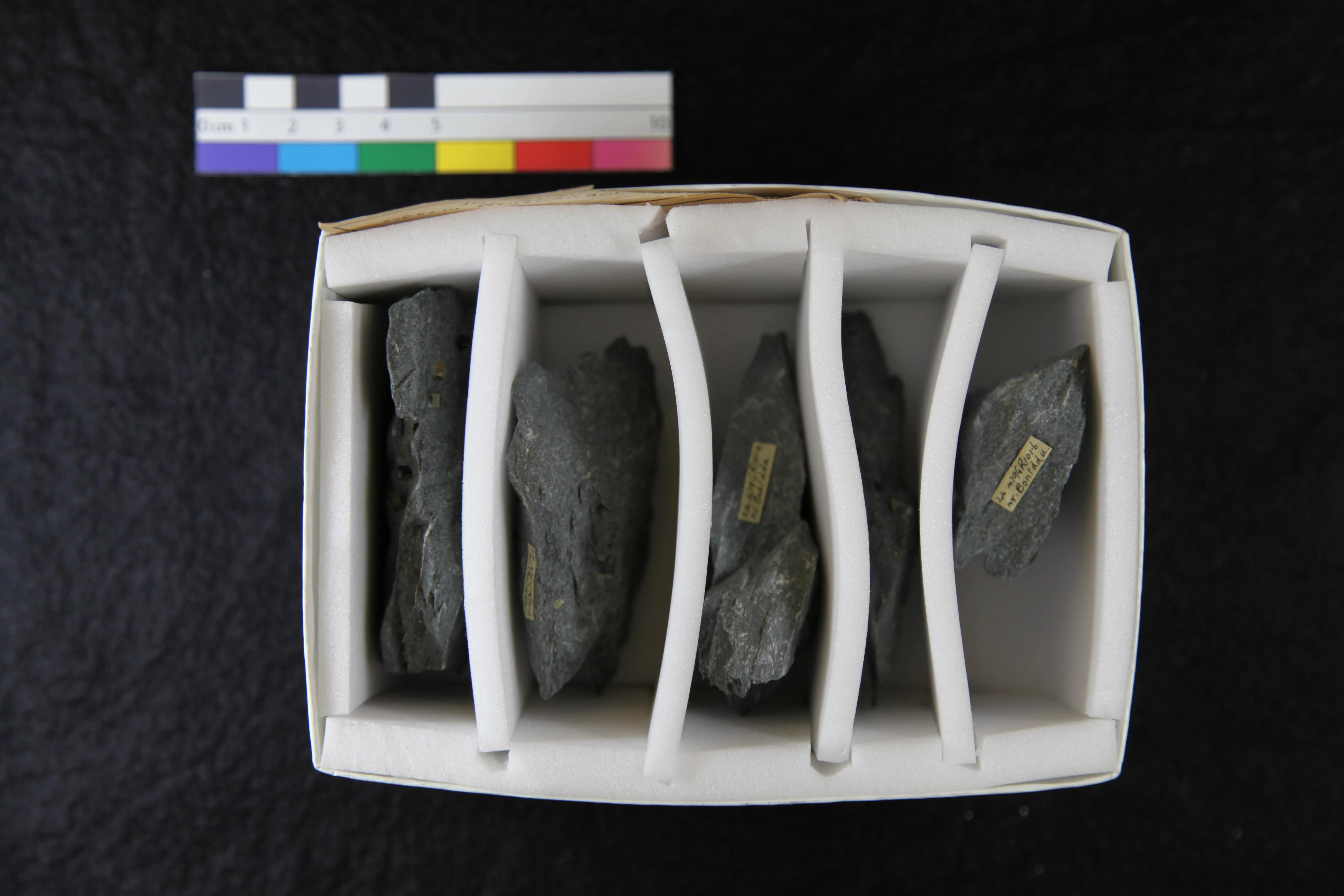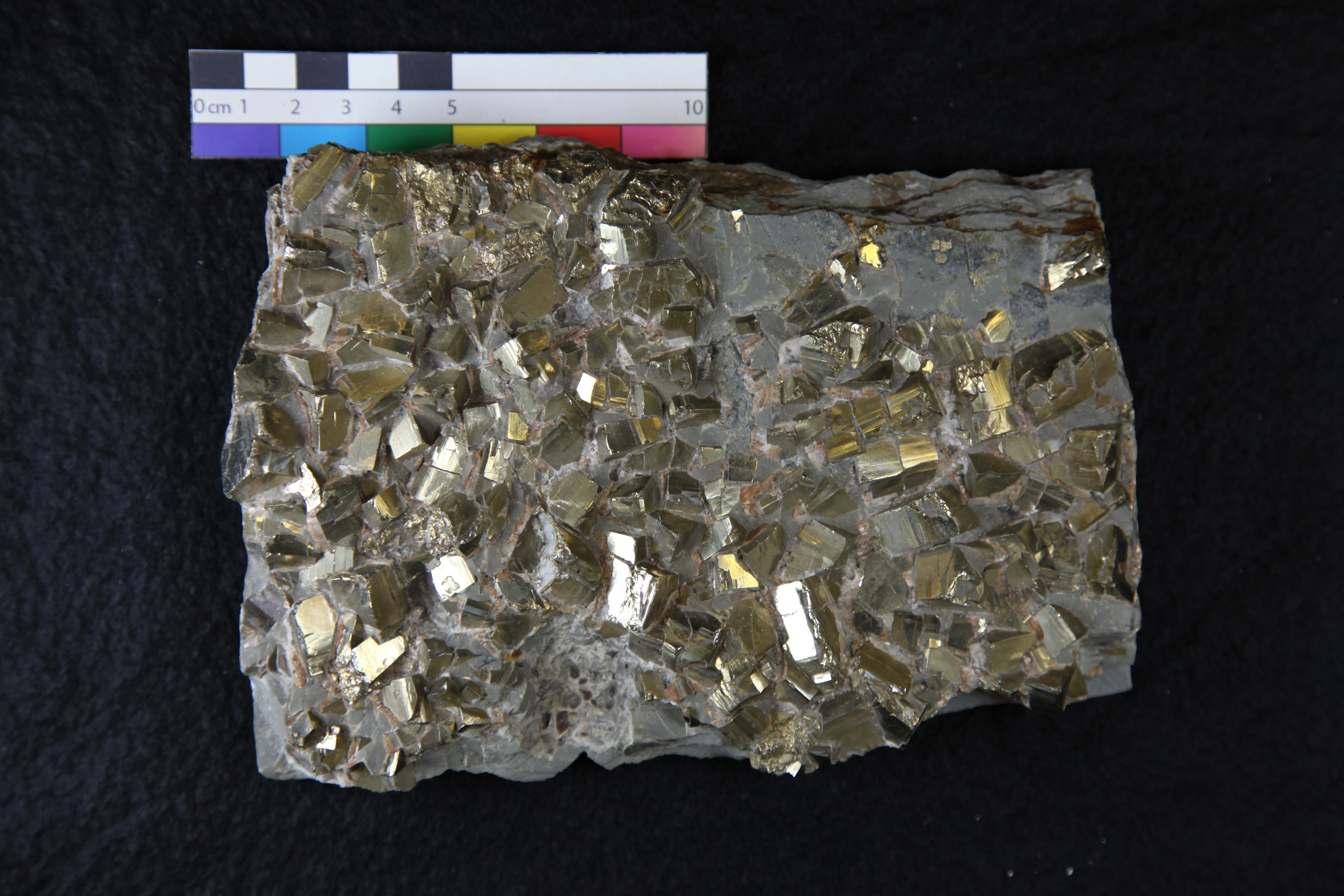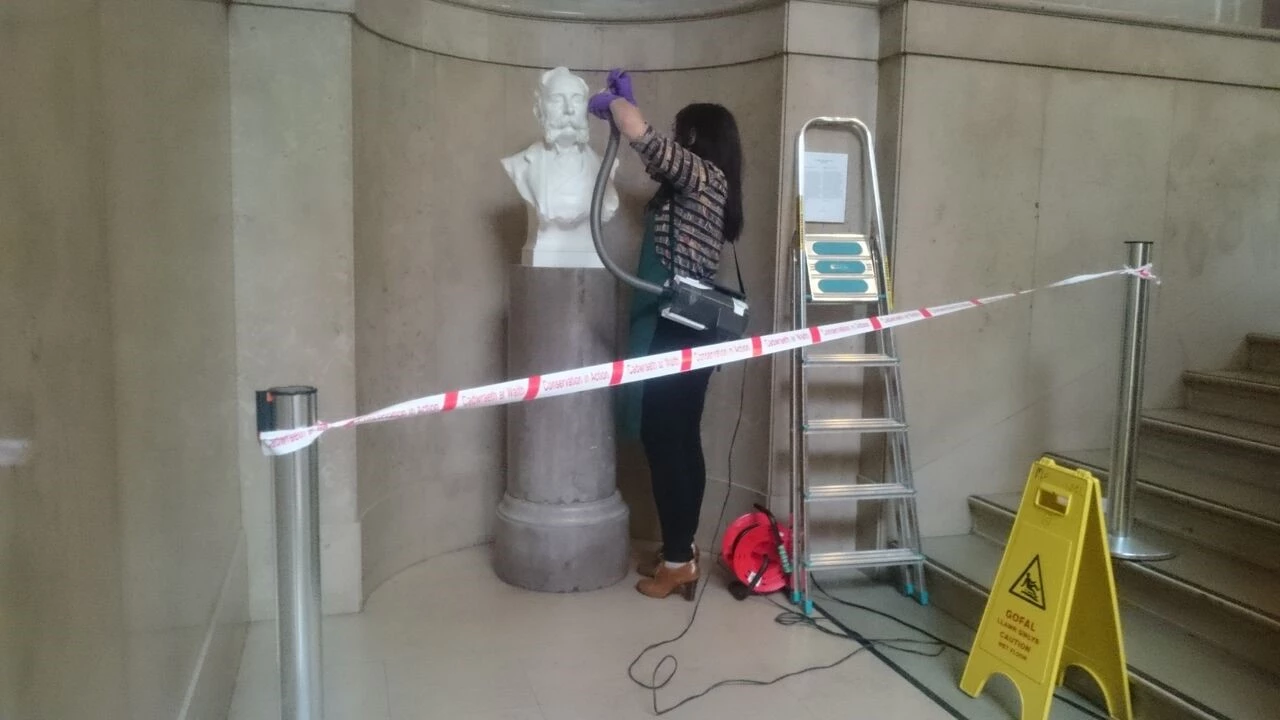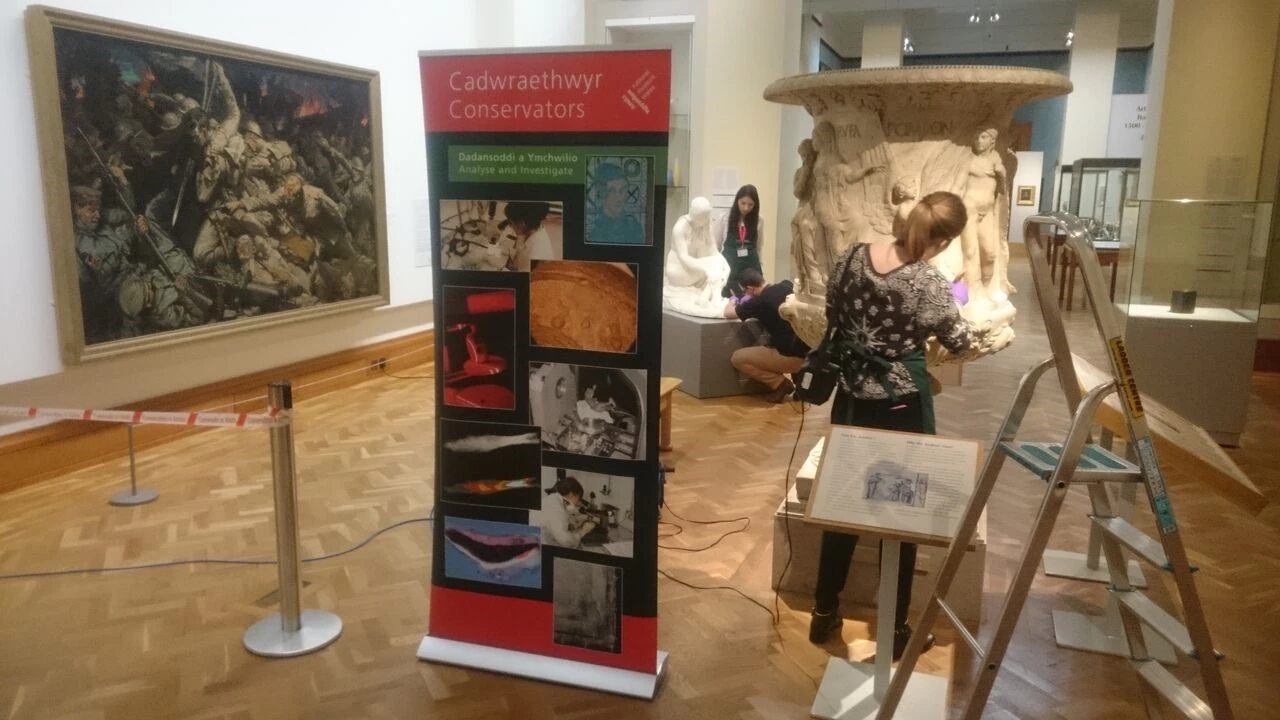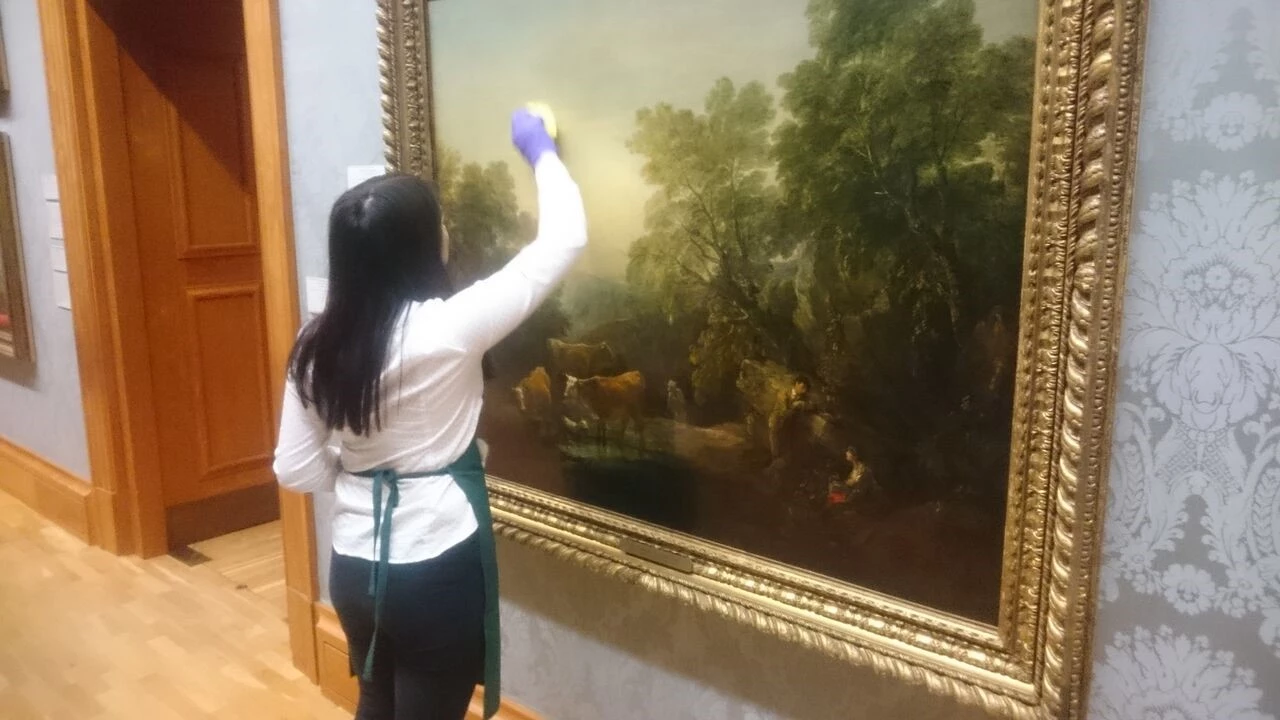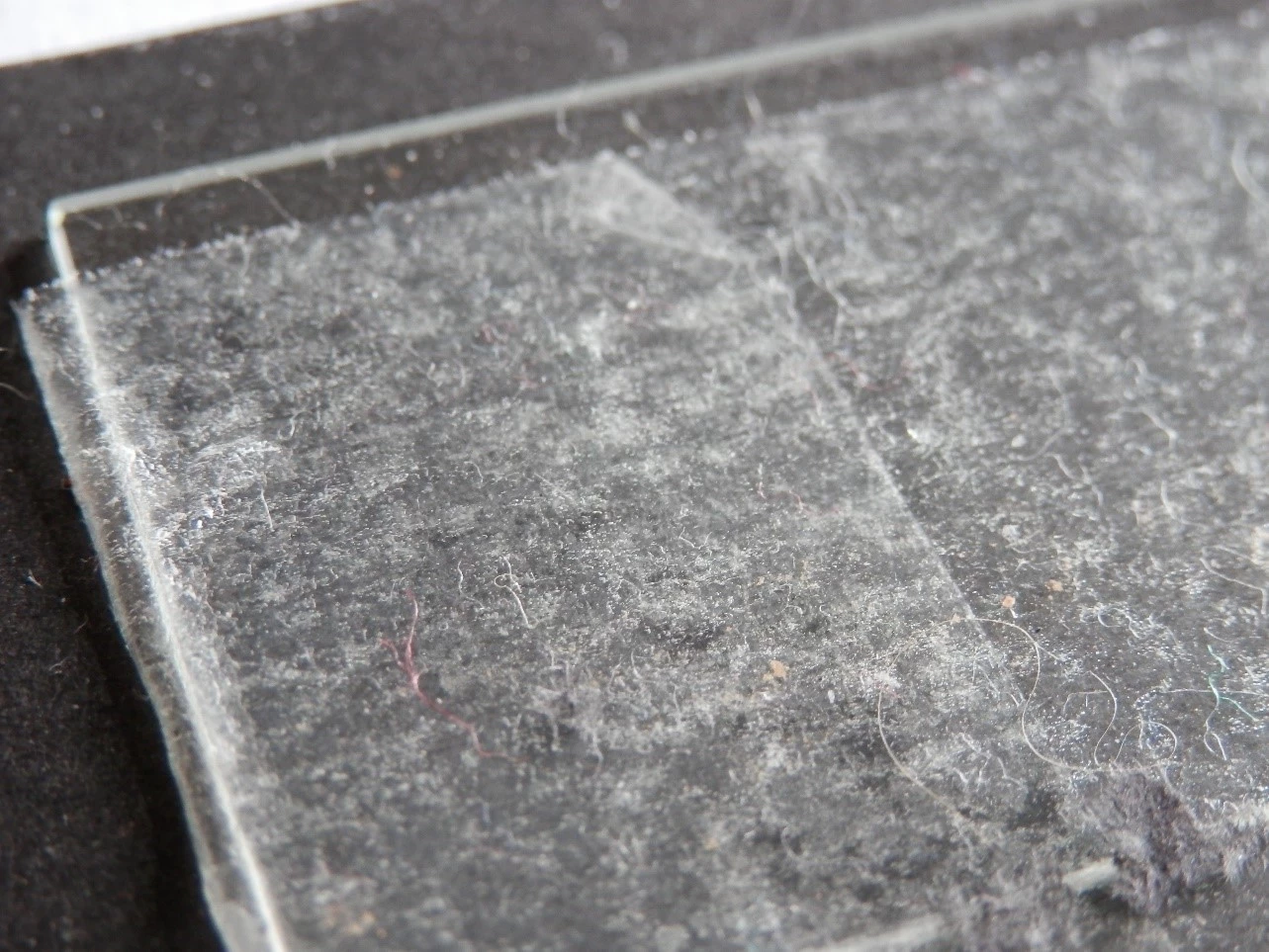Day of Archaeology at Amgueddfa Cymru National Museum Wales
, 28 July 2017
Happy Day of Archaeology everyone!
Today, the 28th July 2017, is the annual online event in which archaeologists from across the country blog about archaeology. The idea is to showcase the diversity of the subject and highlight what individuals are doing on and around this day.
This year we’ve badgered people from across the museum to contribute posts on who they are and how they engage with archaeology through their various research and projects and on a daily basis.
We have been amazed by the positive response, not just from within History and Archaeology but from a whole range of disciplines. The topic of posts thus ranges from prehistoric Cardiff to botany to archaeological curation to snails! It really shows how broad and varied archaeology truly is, beyond the traditional view of woolly jumpers, beards, and whips (though it has been known!)
These posts are all hosted on the external site: www.dayofarchaeology.com and links to blogs from our staff are listed below and will be added to throughout the day.
We hope you enjoy!
Adam Gwilt – An Archaeological Curator’s Day / Diwrnod ym mywyd Curadur Archaeolegol
Dr. Rhianydd Biebrach – The Saving Treasures: Telling Stories Project
Dr. Ben Rowson – Snails at Snail Cave, and elsewhere in Wales
Jonathan Howells - From Housing to History and Archaeology
Kristine Chapman - Rare Books from the National Museum Wales Library
Sarah Parsons - Photographing Archaeology
Dr. Heather Pardoe – Harold Augustus Hyde’s Contribution to Welsh Archaeology
Dr. Elizabeth Walker – Contemplating and communicating the Palaeolithic landscapes of Wales
Sian Iles – Marvellous medieval tiles-public engagement at Amgueddfa Cymru-National Museum Wales
Matt Knight – A Day in the Life of an Archaeology Intern / Diwrnod ym mywyd Archaeolegydd preswyl




